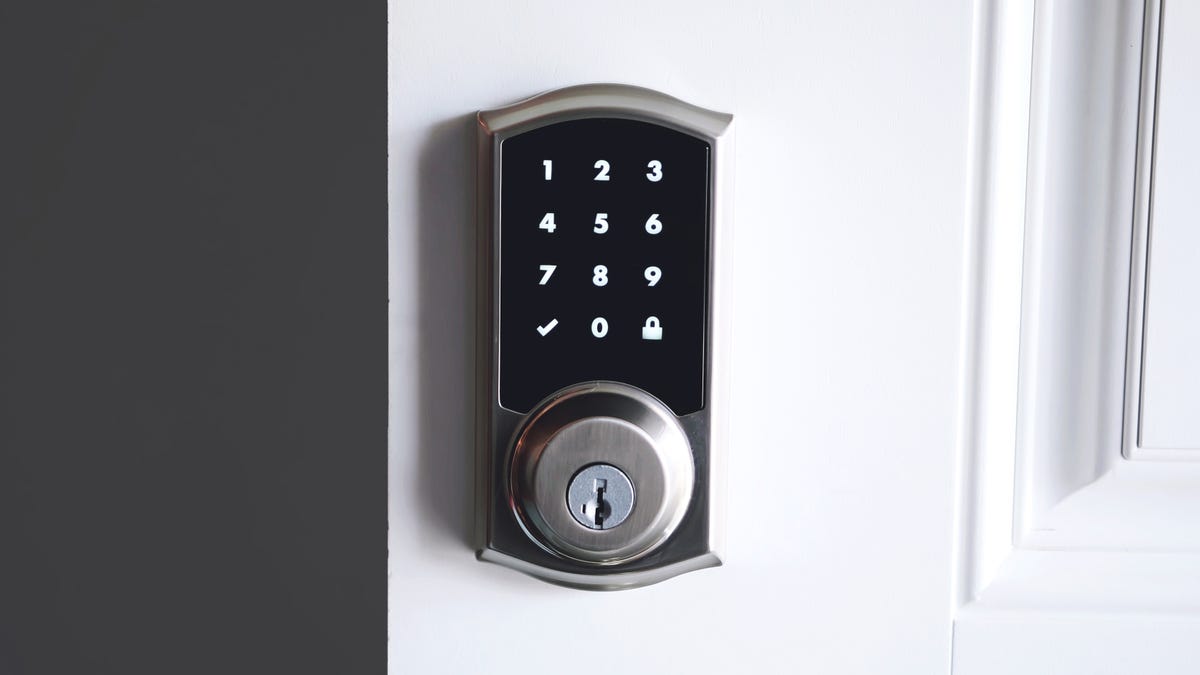When You Should (and Shouldn’t) Replace Your Deadbolt With a Smart Lock

Installing a high-quality deadbolt or smart lock can make your front door more secure . The mechanisms inside each are actually quite similar (if your smart version has a deadbolt). The difference largely comes down to how you open the door: with a physical key rather than a code, biometrics or app.
After all, any lock can be picked if someone really wants to break into your home. The question is rather how difficult it is and how long it will take them. Here’s what to consider when choosing between a smart lock and an analog deadbolt.
When to switch to a smart lock
Perhaps the biggest benefit of a smart lock is its flexibility: instead of having to track a key, you can unlock the door using a key code, fingerprint, or an app on your smartphone. You can also remotely lock or unlock your door, enable specific codes to operate at specific times, and change codes as often as needed.
This is useful if you have guests coming and going or a dog walker who needs access to your home while you’re away—situations where you would otherwise have to carry spare keys. Even if it’s just you and other people living in your home, you don’t have to worry about carrying keys with you, losing them, or getting locked out.
Some smart locks have additional security features, such as a tamper alarm or an auto-lock feature if the device detects that you (and your phone) are out.
On the other hand, keypads can wear out, exposing the most frequently used numbers, if your code isn’t changed often enough. Locks connected without a battery backup or using Wi-Fi may be unusable in the event of a power outage or network failure, so you’ll be out of luck if you don’t have a backup key. Additionally, there is always a security risk for connected devices, especially if you don’t keep up with software updates.
When to Stick with a Traditional Deadbolt
Regular deadbolts are simpler than smart locks. They’re often smaller, sleeker, and cheaper (think: $50 versus $100–$250 or more for a smart lock ), and you’ll have more styles to choose from if aesthetics are important to you. You also won’t have to worry about connectivity or power issues, or the possibility of your keyboard wearing out over time.
If you already have an American National Standards Institute (ANSI) Class 1 or 2 deadbolt and don’t need access other than a physical key, you probably don’t need to switch to a smart lock. Plus, if you’re renting, you may not even have the opportunity to upgrade your apartment, either because the apartment doors aren’t compatible with the devices or your landlords won’t let you install them.